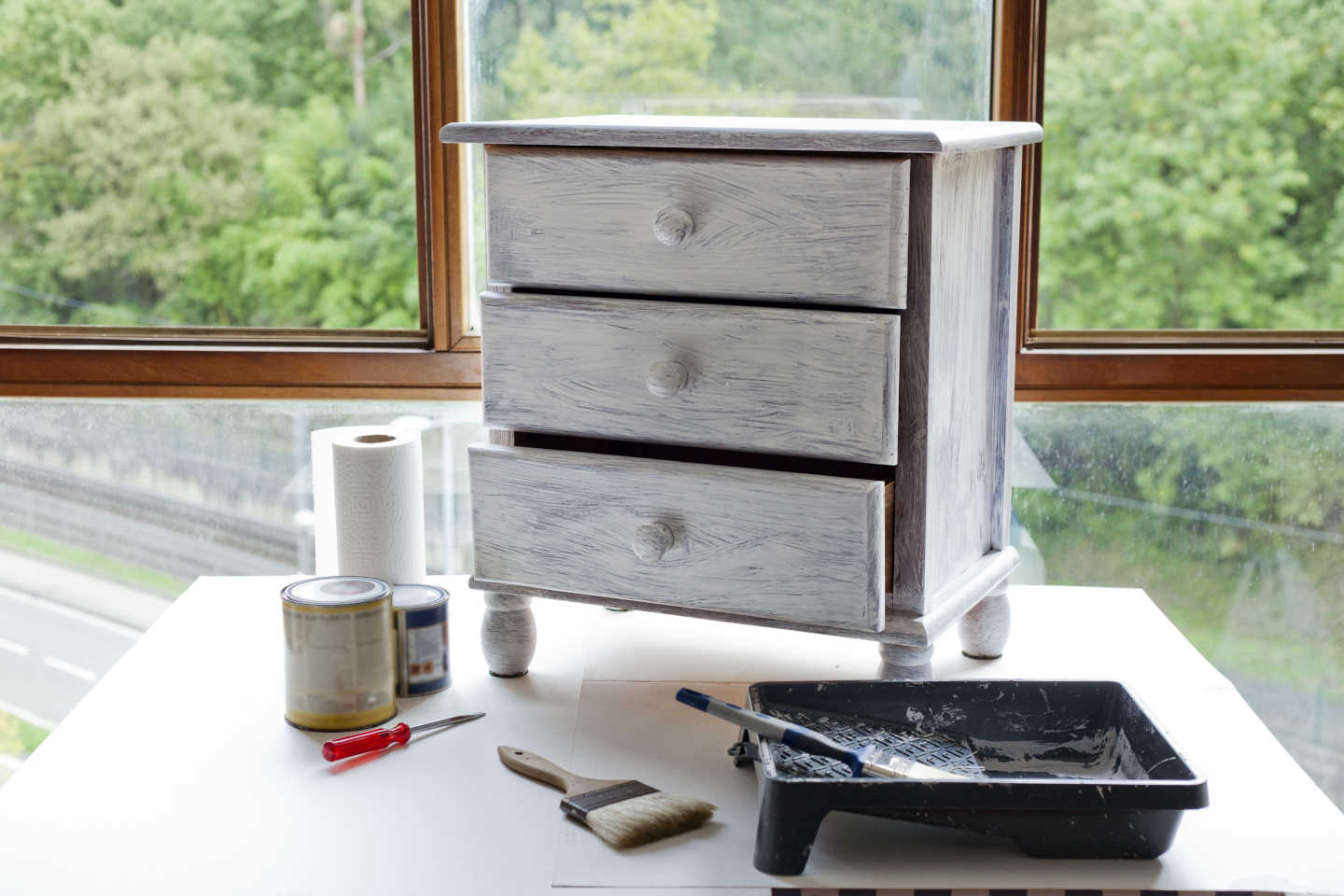
Sustainable living is something we strive for at Lovell Homes - and there’s more to it than most people think. From biodiversity targets, water efficiency and waste disposal plans, to installing energy efficient appliances and lighting, we consider and ensure that we excel in our sustainability challenges. Our commitment to sustainability and credentials are detailed in our new Responsible Business Report. But it's not just how we build the house that matters. When it comes to how our buyers furnish their homes, there’s plenty you can do, too. Here are a few of our favourites…
Sustainable furniture takes many forms
Ultimately, it’s about it being as environmentally safe as possible - better for the planet. So, whether it's salvaged, recycled, upcycled, or simply built locally with local materials, there are ways that are accessible to everyone. And, in this world full of identikit furniture and factory-made fittings, sustainable furniture can bring some much-needed individuality to furnishing our homes and offices.
Buying locally
Buying locally can be your first step to sustainable furniture use. Smaller, or independent stores often support local manufacturers and merchants, too. So, by choosing them you can discover the sustainability of each piece of furniture - and its supply line more easily. Plus, the feel-good factor is far greater when you’re supporting local companies, where both product supply and ethics are often more transparent.
Refurbishing - for a unique piece of furniture
It’s something that our grandparents did without thinking, but the mass production of furniture and affordability saw it fall out of fashion. Lately, however, the ‘make, mend and do’ mentality is coming back into fashion. An old piece of furniture, some eco-friendly paint and you’re doing your bit for the environment (and your pocket).
Revamp old tables and chairs with new shades of paint and cover old sofas with new fabric. Or just accessorise with new cushions. You’ll also have the added bonus of your new sustainable furniture being unique.
Paints and dyes - are they environmentally sound?
Standard paints used in the UK are generally made from petrochemicals; there’s nothing sustainable about that. Water-based, petrochemical free eco paints are more popular than ever, for reducing our own exposure to chemicals, as well as the planet’s, but they aren’t necessarily ‘green’. It can be a confusing issue. We like the advice from Ethical Consumer; “Generally, plant-based, water-borne paints are the best buy, followed by plant-based, solvent-borne ones with natural solvents. Try to avoid those using titanium dioxide”. For a double win, use them to revive old furniture, not just on your walls.
Upcycling - using unwanted furniture
Upcycling is the cousin of recycling. It uses unwanted items and turns them into something new to you - whether that’s an old dated cupboard that was ready for the skip, or something found in a charity shop, for example. Remember the railway sleeper boom of the ‘90s in gardening? Think sleepers - but with furniture. Upcycling can be cool, too. There are new brands that upcycle with style - there’s the company that turns old fire hoses into stylish handbags, for example. Opt for do-it-yourself furniture upcycling at home, by turning old pallets into decking or garden seating. Or go all Blue Peter with a little effort (and perhaps a few YouTube tutorials) on coffee tables or even the dining table.
Recycling
Like upcycling, recycling simply means that we reuse materials; however, you don’t need to be hand painting family heirlooms to do your part with sustainable furniture. The difference being, we break down the furniture into its base components and reuse them. This reduces the use of raw materials and the energy used in the manufacturing of raw materials. Plus, of course, if you buy recycled someone else has done that hard work for you already, which can be a real bonus.
Reclaimed and salvaged
Using reclaimed or salvaged materials is very much the fashion at the moment with the New England style. Think dining tables with natural tree trunk bases, kitchen benches made from reclaimed church pews, for example. It’s furniture that shouts sustainability from the moment you see it. Often seaside towns will have a specialist making sustainable furniture from old maritime materials and salvaged wood.
Responsibly sourced wood
Even if you are buying new, there are ways to reduce your environmental impact. In the UK, look out for the FSC mark, which shows that the wood has been sourced from sustainable forests and the Programme for the Endorsement of Forest Certification (PEFC). Where possible, buy locally, where long distance transporting is avoided.
Downcycling - or sending it to the charity shop
Sometimes you simply can’t save everything and you have to let some things go. But now you’re aware of the myriad sustainable options to replace your furniture sustainably, which one will you choose?
We’d love to hear how you upcycle, recycle and reuse your furniture in your home so please take a moment to join the Lovell Homes community on Twitter, Facebook and Pinterest and share your ideas with us where we’ll re-post our favourites.
